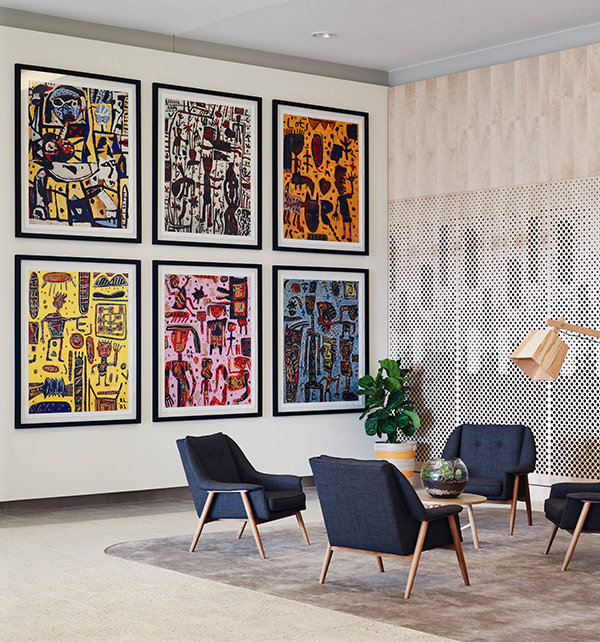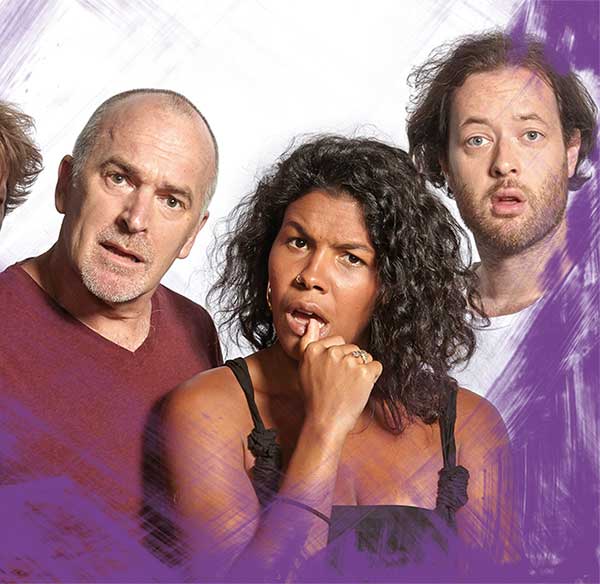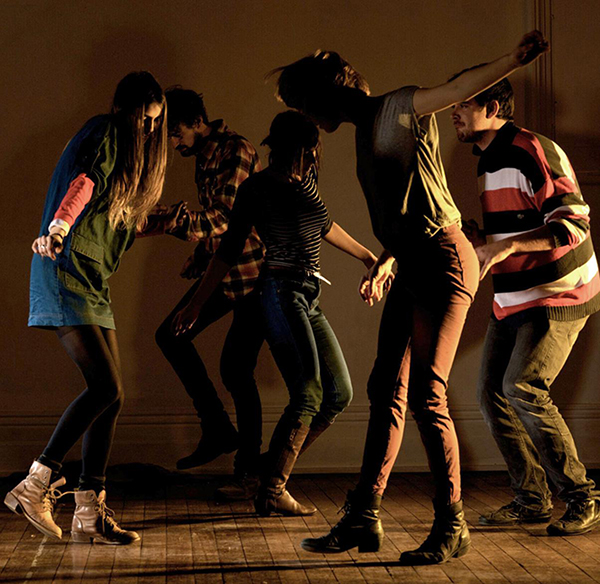Q&A with Ross Goodwin
Art Series Hotel Group: What first piqued your interest in machine learning to support a creative process?
Ross Goodwin: Even before I abandoned my career as a "traditional" writer in favour of code-based pursuits, I was obsessed with generating text. Creative writing, computational or otherwise, has always been my core interest.
After learning Python in early 2014, I immediately began experimenting with generative text systems: Markov chains, context-free grammars, template systems, and other methods and algorithms for natural language generation that did not involve machine learning.
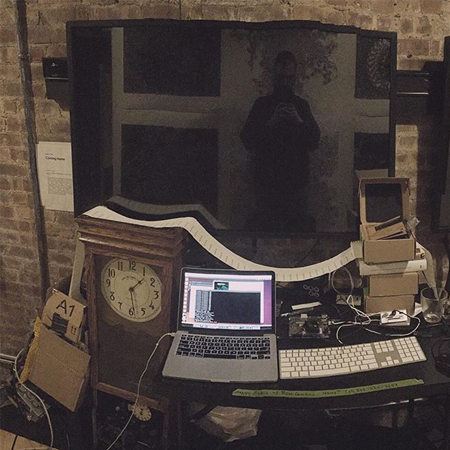
ASHG: Having developed such a broad portfolio of work, where do you come up with the ideas for your projects?
RG: I come up with ideas through constructive acts of play. It may sound strange to some, but I take "play" very seriously. I even schedule time in my calendar for it because I believe it's a critical part of the creative ideation process.
For example: Take any tool, ignore its intended use(s), and simply tinker with it. The results may surprise you.
Finding a solution to a difficult problem often involves taking an unfamiliar route to arrive at that solution. To me, play is about exploring those unfamiliar routes, improvising, and listening to creative instincts rather than constantly following established practices. Play helps us consider all the affordances (not just the obvious ones) of the tools or technologies we're using, which fuels new ideas.
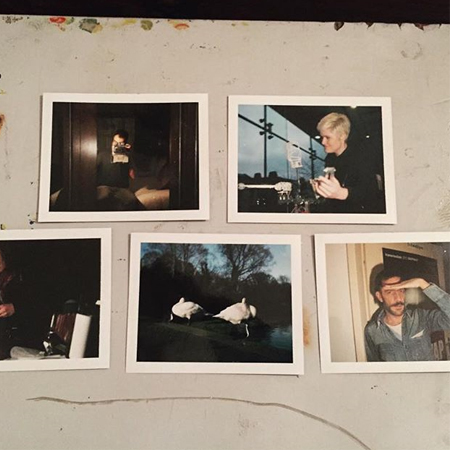
ASHG: Are there any recent or upcoming projects you can share with us?
RG: One of my most recent projects was Word Car, sponsored by Google's Artists and Machine Intelligence program. For this project, I (along with seven companions) drove a 2017 Cadillac XTS from Brooklyn, NY, to New Orleans, LA. I outfitted the car with a pan-tilt-zoom surveillance camera on the trunk that could look in four directions at once; a GPS unit connected to an onboard database of location names; and my laptop, which used its microphone to record conversation inside the car and its clock to record the time at every moment. These elements, combined with artificial neural networks I trained to write poetry and prose, generated an automatic narration of our entire journey. This narration printed out in real time on a wide format thermal printer, resulting in 11 very long scrolls by the end of the trip.
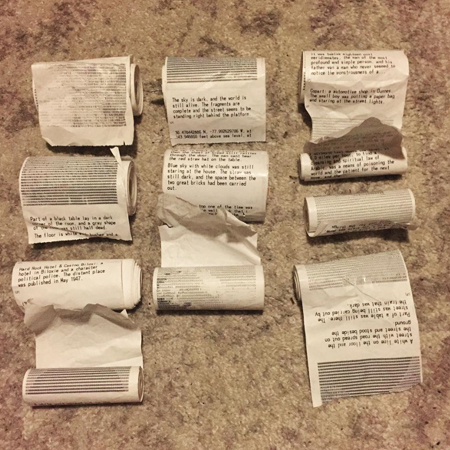
ASHG: What are the potential benefits as a human creative of having an AI collaborator?
RG: Technology helps us reach beyond our native capacities to produce work that we would not otherwise be able to produce. I believe that AI, as a technology that can mirror human thought processes, holds enormous potential for that sort of augmentation, especially for creative work.
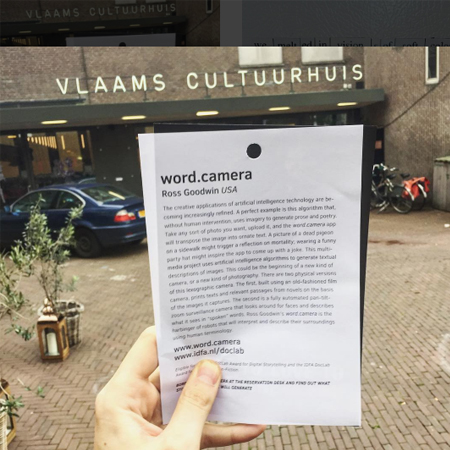
ASHG: Take us through your belief that automation can lead to augmentation. Why?
RG: Automation can lead to augmentation not only because it helps us understand what we're doing at a higher level, but also because it helps us build tools that allow us to reach beyond our native capacities.
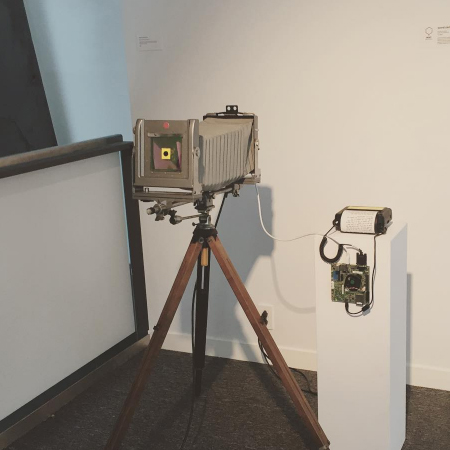
ASHG: As this technology continues to evolve, what do you think will be the key shifts in how we create and consume art? Will humans take on a different role in the creative process?
RG: I think the game known as "advanced chess" (sometimes called "centaur chess") provides a suitable analogy. It's a chess variant where both human players use powerful chess computers. Advanced chess games exhibit extremely complex tactics, unseen in games between humans or between computer alone.
The lesson is that when we augment our intelligence with computers, we make more complex considerations, leading to more complex actions. In art, complexity is not always synonymous with quality, but I believe the best art is made when artists take time to examine the full complexity of their ideas, like chess players with computational augmentation.
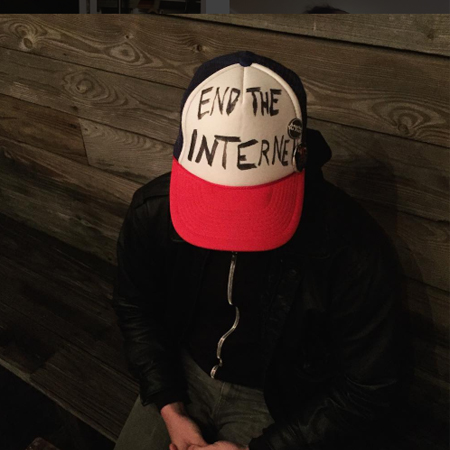
You can see Ross' work at Human & Machine: The Next Great Creative Partnership at Vivid Ideas Exchange, Museum of Contemporary Art and Machines with Brains at Inspire9





